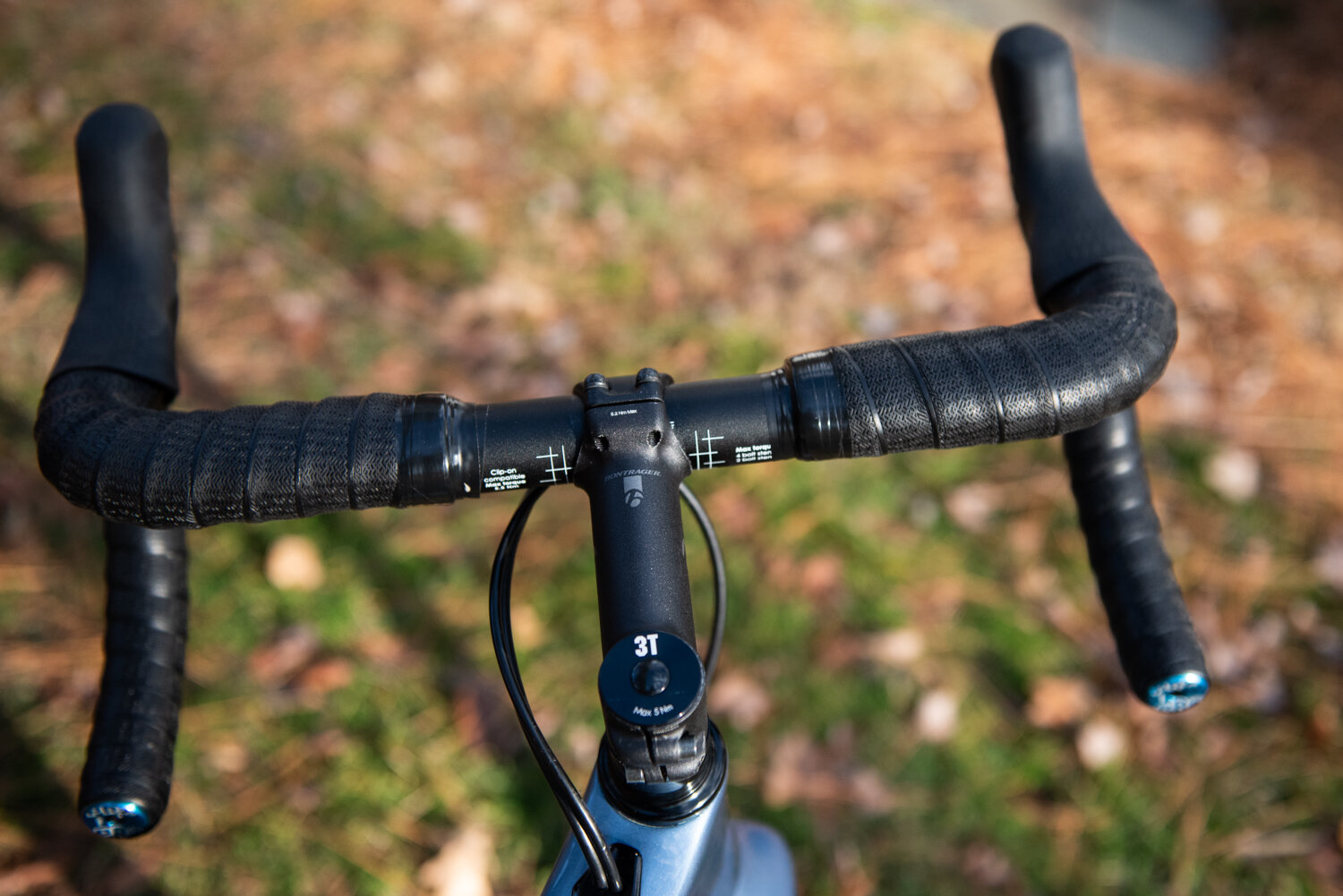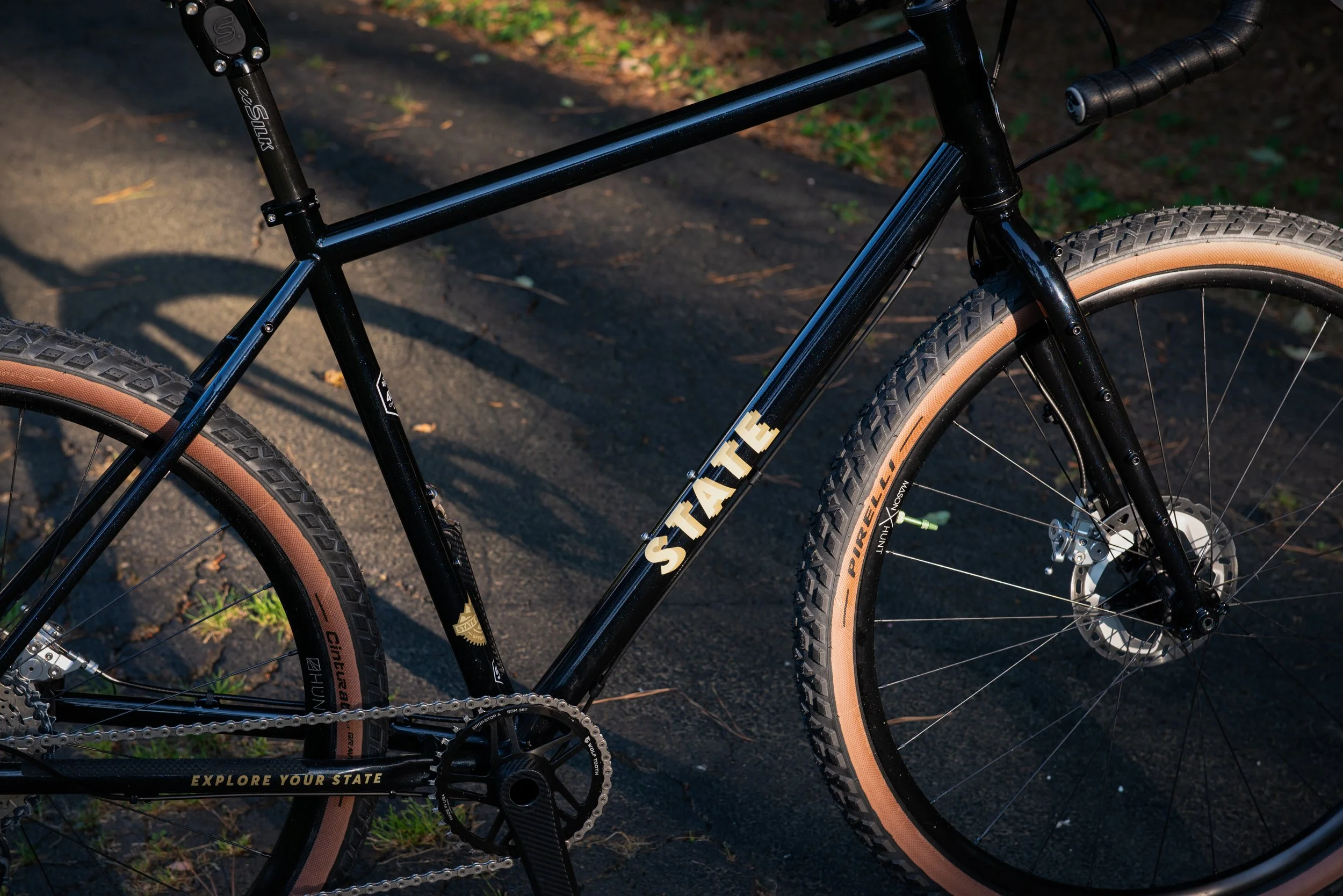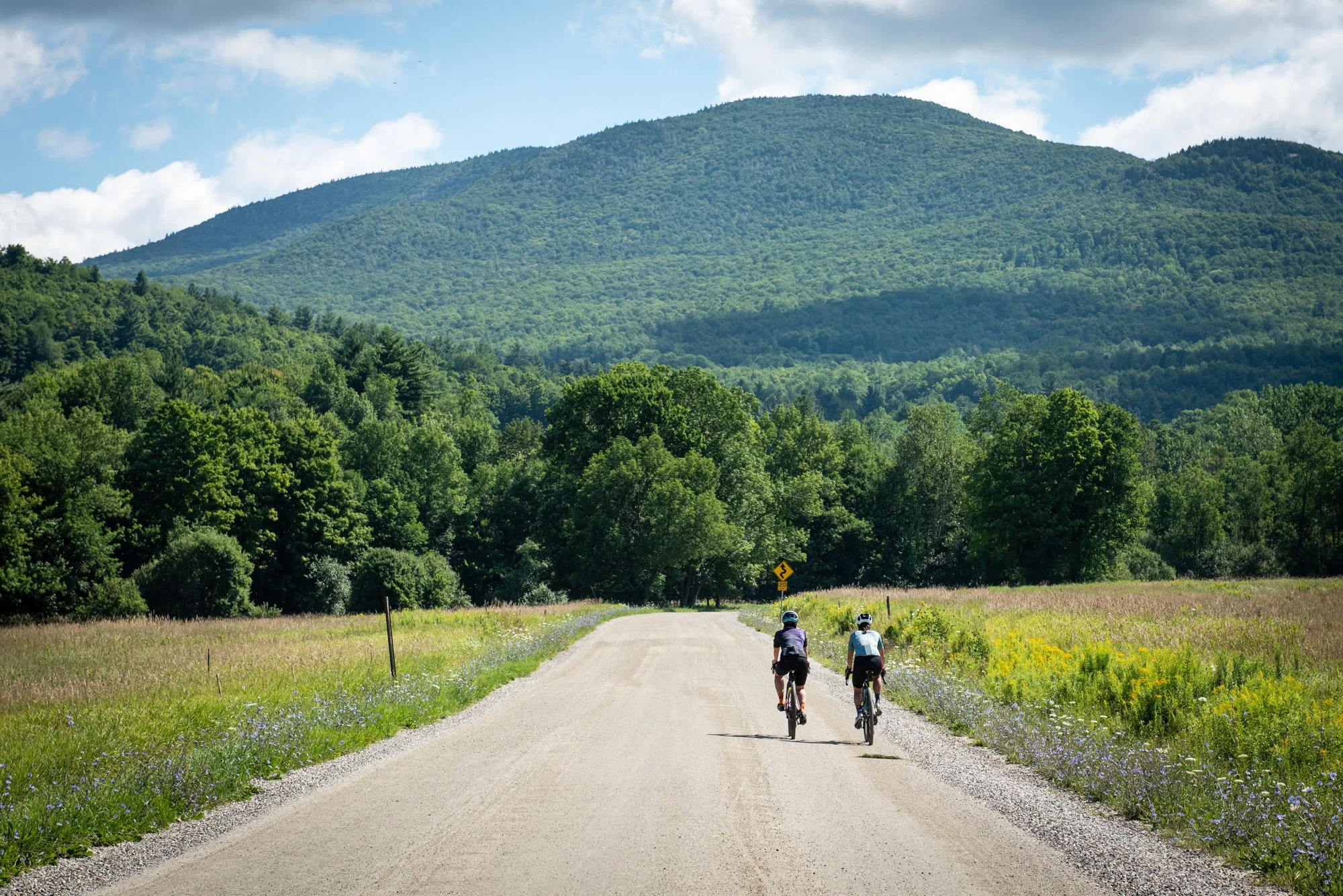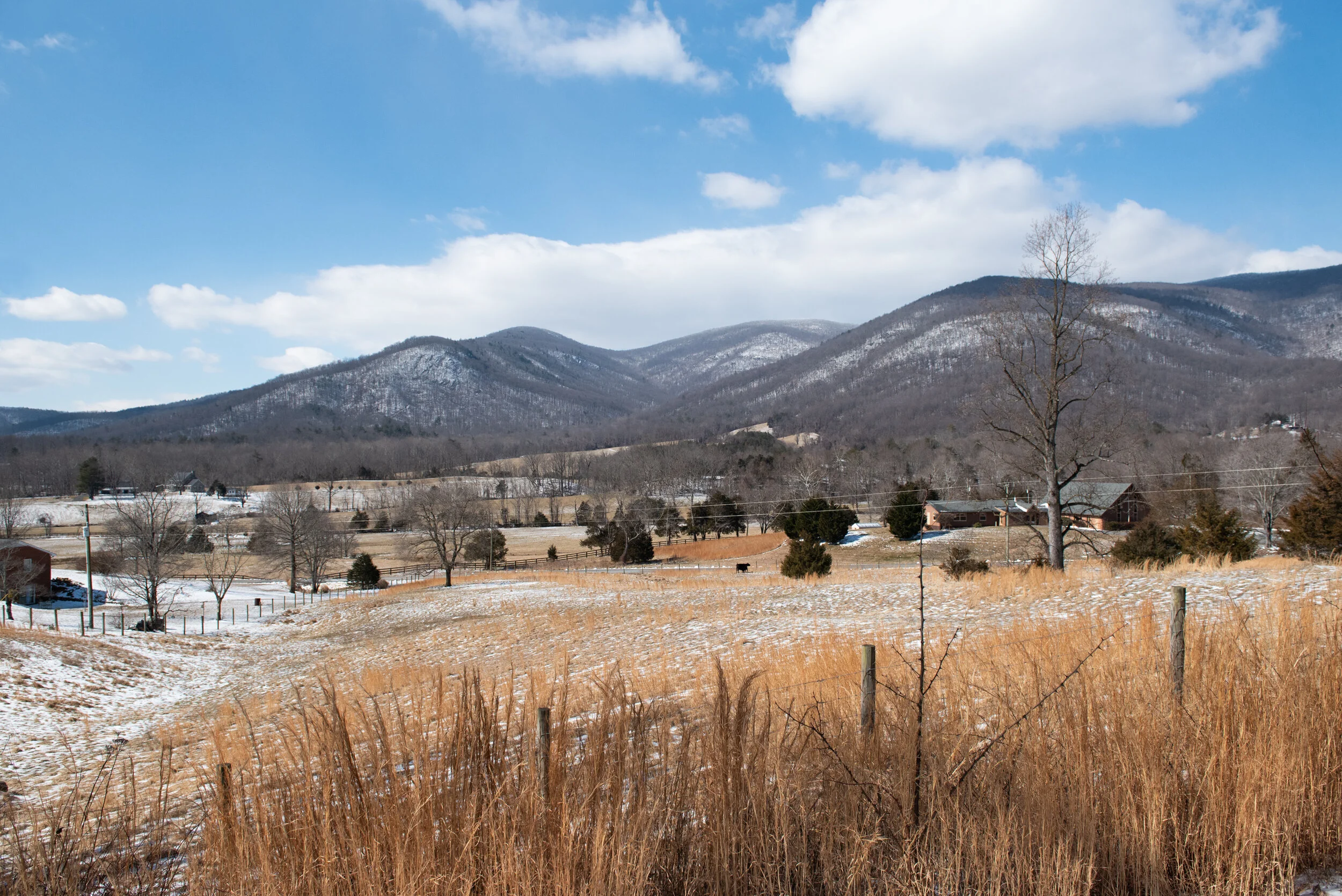Gravel Cycling 101: What is a Gravel Bike?
Over the past few weeks I’ve been sharing my excitement about the rapidly growing gravel cycling scene with friends and family, as well as here on the blog. But in seeing a lot of confused reactions, I realized that I should probably back up and explain the definition of gravel cycling, as well as the characteristics that go into the design of a gravel bike. Despite the fact that the gravel element of the cycling industry has been growing so rapidly over the last few years, it hasn’t filtered into mainstream understanding yet in the way that mountain biking or even cyclo-cross have. So let’s clear things up in this post.
The niche gravel subculture and close followers of cycling will be all too familiar with the rise of gravel riding, but to the average fitness enthusiast, not all the technical details will be completely clear. If you are an experienced gravel rider or racer, then you can skip ahead and read the review of my gravel bike or learn multiple ways to plan the perfect gravel route. But for everyone else, this post should serve as a neat way to get started in the exciting world of gravel riding.
Different horses for different courses
Just like with most things in life, having the correct tool for a particular job is absolutely crucial. Cycling is no different. Here’s a scenario to consider: You start riding out of town on a paved road holding a nice steady pace. Next you swing off from the road and turn onto a quiet dirt country road that connects you to a park. You swing through the park and cover some fire roads and even moderate trails as you head back onto the gravel road and then back to town on the paved road. What bike do you use for this ride? Of course a mountain bike will be able to work just fine, but a gravel bike allows you to cover all those surfaces in a very exciting manner. Gravel bikes provide that perfect all-round solution to allow one bike to serve so many needs.
If you think of bikes in terms of cars, then the modern-day road bike is a fast sports car capable of incredible speed and performance. A mountain bike on the other hand is that rugged 4x4 vehicle that can take you just about anywhere and over all kinds of crazy terrain. Sure, you can drive that 4x4 vehicle on road trips and daily commutes, but it is not the most fuel-efficient choice for those applications. Enter the gravel bike - the SUV that provides great speed and comfort, while also allowing you to take on some epic adventures. It can handle itself on both the paved and off-road surfaces equally well.
The versatility of a gravel bike has opened up a ton of really interesting new possibilities for cyclists. There are so many different types of bikes on the market these days, making it difficult to distinguish between them all. As much as I don’t like to generalize and force a particular style of bike into a category, it does help to see how various kinds of bikes have been developed for different uses. I suspect that as we move forward, the lines between the categories will become increasingly blurred, but for now I’ll do my best to break it down into a straightforward comparison.
A gravel bike essentially sits between a road and mountain bike, but with a much heavier lean towards the road-riding side. While hybrid bikes also fit between a road and mountain bike, they lean much more towards the mountain biking side. Perhaps you’ve also heard of cyclo-cross bikes for a rugged off-road ride. Indeed, cyclo-cross bikes compare very closely with a traditional road bike, but offer a few additional features that make them more suitable for off-road riding. While I’ve hinted at the fact that some bikes are better suited for certain conditions, we’ll have to dig deeper, getting into a few key features to determine what separates a gravel bike from other categories.
The table below compares the different types of bikes. I’ve listed them in a specific order, with the gravel bike in the middle, for a reason. To see why, let’s take a closer look at how the different bike categories stack up.
Applications:
When determining which bike to use for a given situation, let’s start with the most important big-picture question: What do you want to do with a bike? It’s a lot easier to narrow down the correct bike when you know your ultimate goal. If you wish to simply ride on city streets, perhaps for commuting, the hybrid bike is ideal. If you intend to use a bike for longer training rides, sticking only to paved roads or if you are planning to step up the speed for a race (maybe even a triathlon), then the road bike is without a doubt the right choice. A cyclo-cross might be the right way to go if you wish to take on the off-road (think mud and grass). Maybe you are going on an extreme off-road adventure through the woods, down some tricky descents or bike packing for multiple days on end, in which case the mountain bike will meet all of your riding requirements.
Traditionally the breakdown as listed above has been fairly simply, but what if one bike could somehow do a little bit of everything? That is exactly where a gravel bike comes in! As mentioned previously, the word “versatility” explains why the gravel category has seen some incredible growth in recent years. Some manufacturer’s websites list gravel bikes as “All-road” bikes. Gravel bike designs draw inspiration from either extreme side of the spectrum. Grouped together in one package are the speed and performance of a road bike, together with the off-road capabilities of a mountain bike. Yes, a pure road bike will still be faster and more aerodynamic than a gravel bike (my review of the 3T Exploro aero gravel bike explains how this distinction is being challenged). Similarly, a mountain bike will still be the ultimate choice when the terrain gets too technical and extreme. However, a cyclist can get excellent value for money by purchasing just one bike that can be used in a variety of situations.
To see why gravel bikes can stand in both camps, we need to take a look at three key areas of comparison; handlebars, suspension and wheels+tires combination. Moving forward, I’ll compare gravel bikes to both extreme ends of the spectrum, leaving out the cyclo-cross and hybrid bikes. Be sure to refer to my table above to see how they compare at each level.
Road vs MTB vs Gravel: Handlebars
Road bikes have had dropped handlebars for decades, whereas the traditional mountain bike is fitted with a straight handlebar. Gravel bikes are similar to road bikes in the sense that they also come with dropped handlebars. Specifically, the handlebar characteristic of a gravel bike provides the strong tilt towards the performance ability of a road bike. Some would even argue that the whole gravel riding movement was in large part started by adding dropped handlebars to bikes that would have traditionally been seen as mountain bikes. If you are ever unsure if a particular bike is a gravel bike or a mountain bike just take a look at the handlebars. If everything else looks like a mountain bike, but it comes with a dropped bar, then I’ll classify it as a gravel bike. On a recent episode of “The Gravel Ride” podcast, the engineers from Salsa Cycles joked that they are “mountain bikers with a drop bar problem”, since their Cutthroat model carries a heavy mountain biking design, along with a dropped handlebar.
Mountain bikes come with a straight bar, which adds stability and control. On technical downhills and tight turns over and around rocky sections, you want to be as agile as possible. The downside of the straight handlebar is that it does not provide for a very aerodynamic position on the bike. While the rider’s arms are spread out wide for increased stability, a large frontal surface area can slow the rider down. The dropped handlebar in turn allows for a more aerodynamic position to be adopted on the bike. The rider is tucked in with the elbows close to the body, allowing for a faster ride, ideal for covering longer distances. Most gravel races on the calendar today will be in the region of 60-100miles (~100-160kms). The most renowned race on the calendar, the Dirty Kanza, runs over a 200mile (~320km) distance. Think of all the energy that can be saved with a more efficient aerodynamically tucked position over such a long distance. Since most gravel racecourses are designed with dropped bars in mind, they aren’t as technical in nature as traditional mountain bike courses.
With some exceptions out there, you typically wouldn’t feel that you are lacking any control over the bike when riding on trails or rougher road surfaces while onboard a dropped bar bike. Picture a wide-open gravel country road, requiring far less technical skills when compared to a rocky mountainside descent. It’s on those wide-open country roads that the more aerodynamic dropped handlebars really shine.
Road vs MTB vs Gravel: Suspension
Next, we’ll consider suspension options, another major area in which gravel bikes differ from road and mountain bikes. I’ll make a fairly generalized comparison at this stage and say that gravel bikes do not offer any suspension, but with a big asterisk. In contrast, mountain bikes are equipped with a wide variety of suspension options. Both front fork and rear shock absorbers can be found on mountain bikes that allow for a much more comfortable ride over rocky and technical surfaces. Road bikes in turn don’t require any additional suspension, assuming that the road surface is in a good state and free of potholes.
If gravel bikes are created to go off-road (or on all-roads), then why don’t they offer any dedicated suspension options? The answer to this question comes back to the need to find the perfect all-round bike that can be both fast and suitable for longer endurance rides, while at the same time also providing a comfy ride over bumpier surfaces. One glance at a mountain bike will remind you that a bike loaded with suspension is not exactly the lightest or most aerodynamic bike on the market. If you’ve ever attempted a long endurance ride onboard a mountain bike you will know that the additional weight certainly slows you down. As a South African having seen races like the Cape Epic MTB stage race, I’m more than aware that long distances and endurance riding can be done very well with a mountain bike. However, do you really need all that suspension when zipping down a country dirt road? In general, the answer is “no,” which is why gravel bikes tilt more towards the road riding side by leaving off the suspension. With a more minimalistic design, as compared to mountain bikes, the gravel bike delivers a lighter and faster riding experience, providing the ideal solution for a demanding endurance ride.
If experienced gravel riders are still reading up to this point, they’ll be quick to correct me on my previous statements. To put them at ease, it’s worth pointing out that the simplistic breakdown as provided above is rapidly changing. New design innovations in the gravel industry continue to come to light each day. A quick online search will reveal bikes such as Niner’s MCR 9 RDO (full suspension gravel bike), BMC’s URS (10mm Micro Travel Technology), Specialized’s Diverge (20mm travel Future Shock) and Cannondale’s Topstone (30mm travel Kingpin suspension). These are just a few examples in which manufacturers have taken on the design challenge to make gravel bikes even better suited for off-road riding by offering some form of suspension option. I suspect that we are only at the beginning of a fast-changing bike market and the suspension topic will be the first area where category lines get blurred. I expect to see plenty more gravel bikes in the future that offer some form of suspension, opening up more opportunities for riders and races to push the boundaries of what can be done with gravel bikes.
Putting new design innovations aside for a moment, it’s worth pointing out one big trick that all gravel bikes have up their sleeves – the tires. This is by far the most important area where gravel bikes distinguish themselves. Let’s see why…
Road vs MTB vs Gravel: Wheels+Tires Combination
I’ve left the tires and wheels as the last area of comparison since this is where gravel bikes provide the most versatility over other bike categories. Wheels and tires are separate topics, but I’ll combine them to give you the best overall idea of how they can be used in combination. We’re gonna get a bit geeky, but stick with me to gain a good understanding about one of the major advantages that gravel bikes hold.
Road bikes have evolved in recent years to be aerodynamic speed machines. The term “marginal gains” has been created to illustrate the small advances that all add up to provide a riding experience that is faster than ever. Road bike wheels are possibly one of the major areas where such progress can be seen. The wheels are lighter, stiffer and more aerodynamic than ever. Lots of research has also been done on the tire side of the equation. Because tires are wider than in the past, they are able to run at much more comfortable pressures. Tests have confirmed that a wider tire on a wider rim can also provide additional aerodynamic benefits. Gone are the days when cyclists pumped their 19mm wide road tires to 125psi. A regular road bike today will run a standard 700c (~29’’) sized wheel with a 23mm-32mm tire.
Mountain bikes, on the other hand, have seen a similar trend play out in that tires and rims have become increasingly wider. Whereas the logic behind the road’s move to increased width can be found in additional aerodynamic benefits, the move to a broader tire in mountain biking is largely driven by the additional control it provides to the bike. Mountain bikes are more capable than ever, allowing a wide array of applications across different situations. Perhaps you’ve even seen the “Fat Boy” bikes that come with super wide 4.2’’ tires, offering riders the ability to ride a bike just about anywhere, whether that be deep snow or sand dune deserts. Tire widths for the average mountain bike will range from about 1.9’’ (~48mm) to 2.4’’ (~60mm). The wheel sizes on the mountain biking side of the sport have seen a significant shift in recent years. Traditional mountain bikes were fitted with 26’’ wheels, due to the belief that smaller wheels were more agile to maneuver around obstacles. Nowadays all mountain bikes come equipped with either 27.5’’ or 29’’ wheels allowing the rider to roll over technical sections.
Where do gravel bikes fit into this spectrum? The recurring theme with a gravel bike is the versatility that you get from a bike that can do a bit of everything. In particular, the wheels and tires provide countless combinations for finding the ideal solution for the ride of your choice. As mentioned before, a gravel bike tilts heavily towards a standard road bike in many regards. However, when it comes to the wheels, a gravel bike has a few neat tricks up its sleeve. That’s because some modern-day gravel bikes have the option to run either a 700c (~29’’) sized wheel or a smaller 650b (~27.7’’) wheel. You can see how this wheel size option already provides for incredible adaptability. If the ride or race that you intend to do will be fast moving over less technical terrain a bigger 700c wheel can be fitted, but should the ride require some agility or additional comfort due to the technical nature, then a smaller 650b wheel can be used. One bike, two wheel options! Brilliant. Not all brands offer this wheel interchangeability, so be sure to check that detail before making any assumptions.
Gravel bike manufactures have also evolved with the times and designed gravel bike frames to accommodate much wider tires when compared to a regular road bike. This feature is directly tied to the wheel size. The bigger the wheel diameter, the less space in the frame to accommodate a wider tire. Generally speaking, the majority of gravel bikes on the market can run up to a 42mm tire on a 700c wheel, while tire sizes as wide as 53mm can be achieved on a 650b wheel. At that extreme end of the tire width range, you are practically in mountain bike territory. Tire choices are one of the key areas of consideration when planning for a gravel bike ride. Let’s extend our example from before: If the ride you have in mind only runs over moderate gravel roads with few obstacles, then a 35mm-38mm tire on a 700c wheel will be perfect. If the ride mixes in a few rocky sections or bumpy surfaces, a 42mm tire on a 700c wheel would be a better choice. Perhaps you expect a slightly more technical route where the handling and agility of the bike will be key, in which case a 650b wheel fitted with 48mm-52mm tires might work best. There really are so many combinations that can be pieced together. I told you gravel bikes were versatile machines!
Why the big fuss about bigger tires on gravel bikes? It comes down to one thing – lower tire pressure. Running a wider tire allows for the weight of the bike to be distributed over a larger surface area, which in turn leaves the option to pump the tires up to a lower pressure. Lower pressures have two main benefits; more control in technical corners and added comfort. This characteristic shows once more how gravel bikes are able to find the perfect middle ground between road bikes and mountain bikes. With wider tires and lower pressure, gravel bikes provide the ability to handle challenging surfaces, while still maintaining the performance and endurance features of a road bike.
Wrap-up:
I’ll be amiss not to conclude with the most important aspect of all – just get out there and ride, no matter what bike you own. It’s okay if your bike does not fit perfectly into the categorization that I provided in this article. Here at Mountain Road, we believe in living a healthy and sustainable lifestyle. That means the action of going out for ride and enjoying the beautiful nature that surrounds us is far more important than the technical details about what kind of bike you own. That said, I do hope that this article can serve as a helpful guide the next time you hear about gravel bikes. It’s an exciting and growing industry and I look forward to what will still develop in the future.
Be sure to check out the video for this blog post here!
- Wiehan
And tell us! Have you taken a gravel bike out for a spin yet? If so, what do you think?










